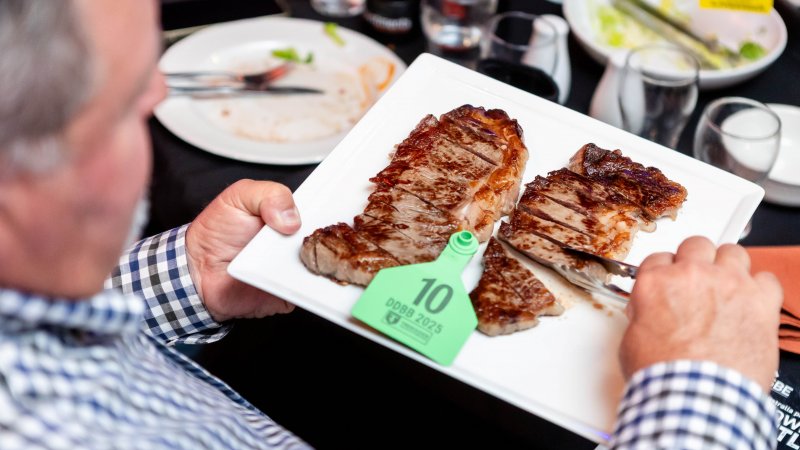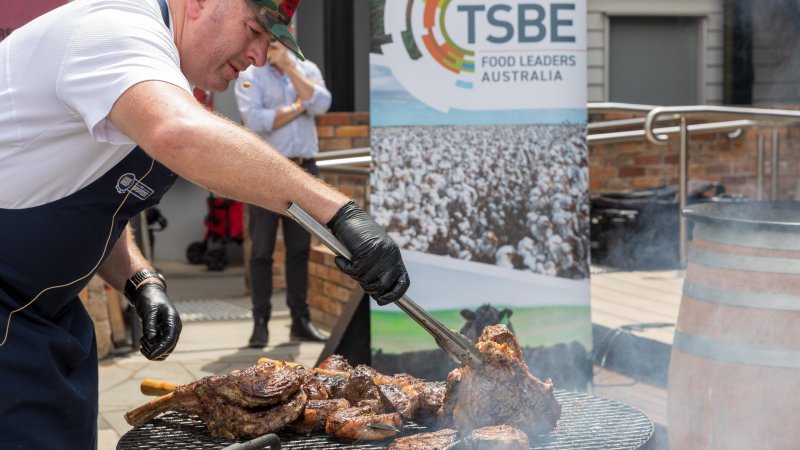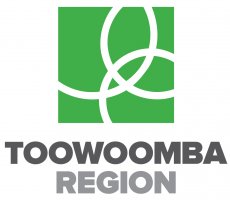FLA news; Wen Liu on China's agriculture; where it is heading and new models developed by China's leading agricultural enterprises
In this last FLA newsletter for 2016 FLA's Wen Liu shares some insights on China’s agriculture; where it is heading and new models developed by China’s leading agricultural enterprises.
"I hope this can inspire your thoughts when structuring your China strategies and that you find that it is encouraging to keep engaging with this market."
Current situation of China's agriculture and farmers:
- Farmers grow staple crops such as corn, wheat, cotton, and soybeans with incomes increasing; while they grow minor crops, such as fruits and vegetables with big challenges and risks.
- China's agricultural modernisation level is still low, sitting at levels the United States saw about 100 years ago, that Japan saw about 50 years ago and that South Korea experienced about 30 years ago. The gap is remarkable.
- China's agriculture is constrained by ideas, institutions and policies. As for globalisation, it indicates that agricultural products of foreign countries are being imported into China but China's producers are hesitant about export, though this is changing.
- Agriculture is also confined to the scope of farming. Though the consumption structure in China has changed, the policies are yet to.
- The government still focuses on production output - how much food each household receives each year
China's agriculture is on the eve of change, reflected in the following aspects:
- Confirmation of farmland and land rights: change from the contract rights to the property rights – interconnecting the capital market to complete the functional operation and intensive management.
- Science and technology development: bio-information, agricultural automation and space technology are changing the structure of agricultural production.
- Consumption escalation: provides unlimited innovation for agricultural development.
- Agricultural globalisation: makes use of global resources and the global market.
Trends of China's agriculture:
In the past China's agriculture was limited by land and output, whereas now it is starting to transform. For example, in the past the output depended on the weather, but now manual control gradually works. Aquaculture, edible mushroom production, fruit production and other aspects are also being explored.
China's agriculture will efficiently make use of solar energy, tidal energy, etc. The decline in energy costs and prices will bring significant changes in agriculture.
Healthy products will be produced under controlled conditions. Risks are reduced in the production process, and consumer confidence is rebuilt in food products, especially fresh products.
Criteria for access to modern agriculture:
- Capital era – increasing investment in equipment
- Technology era – biotechnology and intelligent technologies (reflected in harvesting of vegetables and fruits)
- Talent era - transformation from tillers to farmers (from ordinary tillers to skilled agricultural talents)
China's new agricultural layout is reflected in the following aspects:
- Migrant workers, college students, and veterans returning to the village. More on this subject here.
- Universal innovation and new model cultivation (internet and e-commerce of agricultural products).
Constructor and creator of China's new agriculture – BGI
BGI is the largest genomic organization in China and even in the world. BGI has a large number of breeding genome data, providing breeding support for millet, animal, rice and fishery. BGI's breeding technology has reached the top level in the world. BGI's gene pool in Shenzhen is the world's largest gene pool.
BGI's goals:
Return millet back to the Chinese people's staple food. Millet is a drought-tolerant crop with the highest nutrient content in cereals. China is the origin of millet. In the past millet was subject to the production, but now the production exceeds 1000 kg per mu. BGI has made millet layout in Henan, Liaoning and Xinjiang of China, and planned to promote millet overseas, for example, Central Asia, Australia, and the United States, in order to promote millet in the global grain market.
Precise nutrition. BGI has accumulated big data in human health for a long time, knowing what kind of food form makes each individual healthier. BGI's goal is to make everyone receive health management depending on reliable data.
BGI also attended 400M forum in 2015 in Toowoomba.
Internet + e-commerce of agricultural products: China's agricultural giants building industry big data network
1. COFCO
www.liangdawang.com - China's grain trading platform, central enterprise's practice of grain and Internet of Things, and the first e-commerce platform for grain trade field.
The platform was officially opened on November 23, 2015. Within less than a year, 10 million tonnes of grain has been traded, with the settlement amount of 22 billion. More than 3 million users provide the logistics service via the platform. Every day about 300 thousand tonnes of grain are on the road via the platform.
Major trading categories are: corn (70%), wheat (15-20%), fat (7-8%), and sugar. Sorghum trading is beginning.
Major advantages:
- Resolves the problem of information asymmetry
- Provides comprehensive supply chain financial services
- Provides door-to-door logistics services – data of grain leaving and arrival is traceable
- Provides third-party inspection to protect the interests of buyers and sellers.
2. Da Bei Nong Group
http://z.nxin.com/Home/Index - China's hog trading platform
China's hog industry has the following pains: low production efficiency and trading issues including: the trading chain is too long, the transaction quality is not controllable and hog-related financial resources are poor.
The platform has run since March this year with transactions of 24 billion RMB. The platform helps to simplify the trading chain and slaughtering plants trace-back on quality. With more than 10,000 pig farmers using the platform, data of the platform shows them the best feedstuffs for hogs in different stages, and when to slaughter.
Hog trading driving hog finance:
- Nong Hu Bao – a hog finance app developed by the hog trading platform with 32.5 billion transactions since it began.
- Nong Hu Tong – proxy third-party settlement developed by the hog trading platform
The platform's goal for the next year is to develop "Brand Hog", setting a higher industry standard and hog identified rating.
3. China Animal Husbandry Group
Jing Zhong Mu – an e-commerce platform for feedstuffs
4. TOPIN GROUP
Integrating with the internet to achieve transformation from the traditional meat processing and manufacturing enterprise.
www.xebest.com, developed by TOPIN GROUP, is an e-commerce B2B platform for fresh raw materials. The platform helps groups transform from the production-oriented enterprises to the production- and service-oriented enterprises. After a few years the transactions have reached over 10 billion yuan.
The platform brings integration of online and offline transactions, and helps food processing enterprises explore consumption trends and quickly respond to the market demands.







